1. Not every orange is orange.
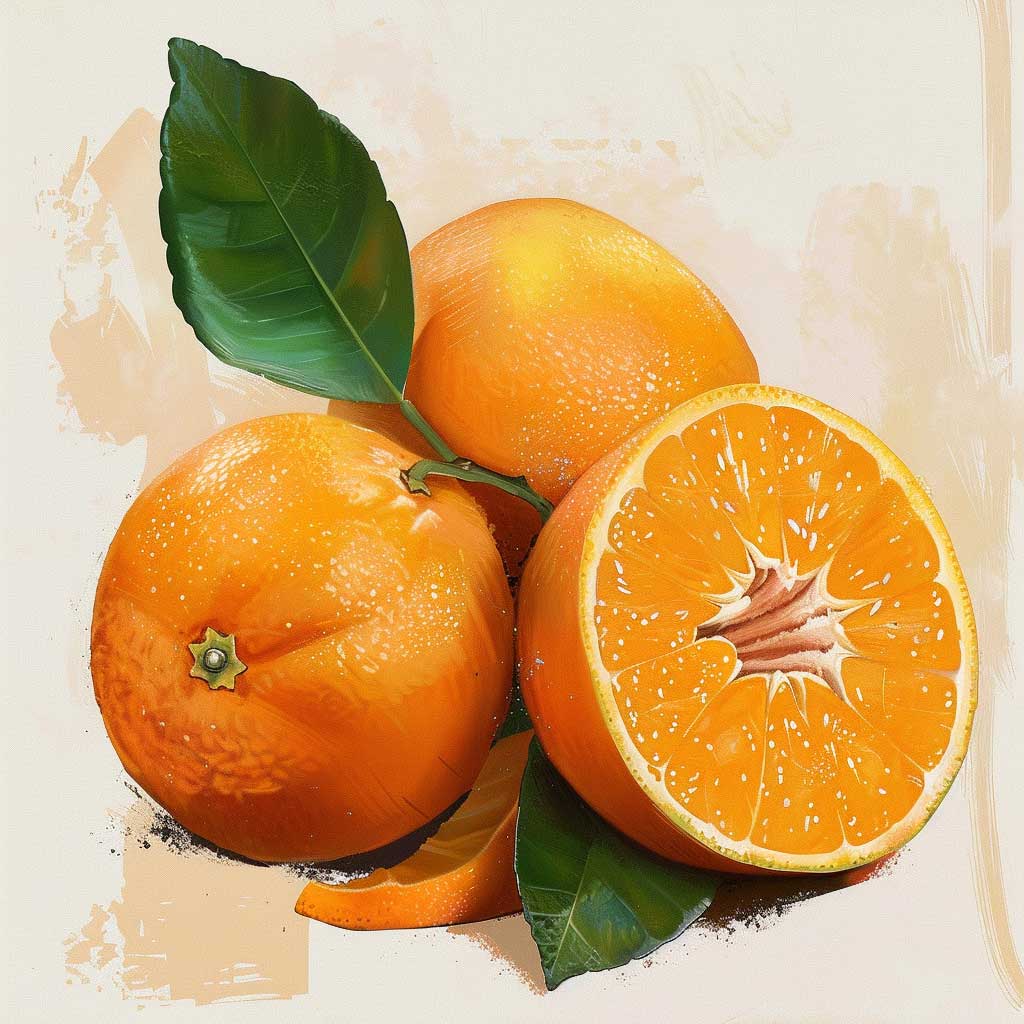
In subtropical regions such as Brazil, where the highest volume of oranges is cultivated globally, temperatures never plummet enough to degrade the chlorophyll in the fruit’s peel. Consequently, even when fully ripe, oranges may retain a green or yellow hue. However, to align with the expectations of American consumers, imported oranges undergo treatment with ethylene gas to eliminate chlorophyll and attain the desired orange color.
As Florida oranges are cultivated farther south compared to California oranges, they typically exhibit a yellower hue due to the milder temperatures that prevent chlorophyll breakdown in their peel.
2. The majority of commercially available fruits are genetic duplicates.
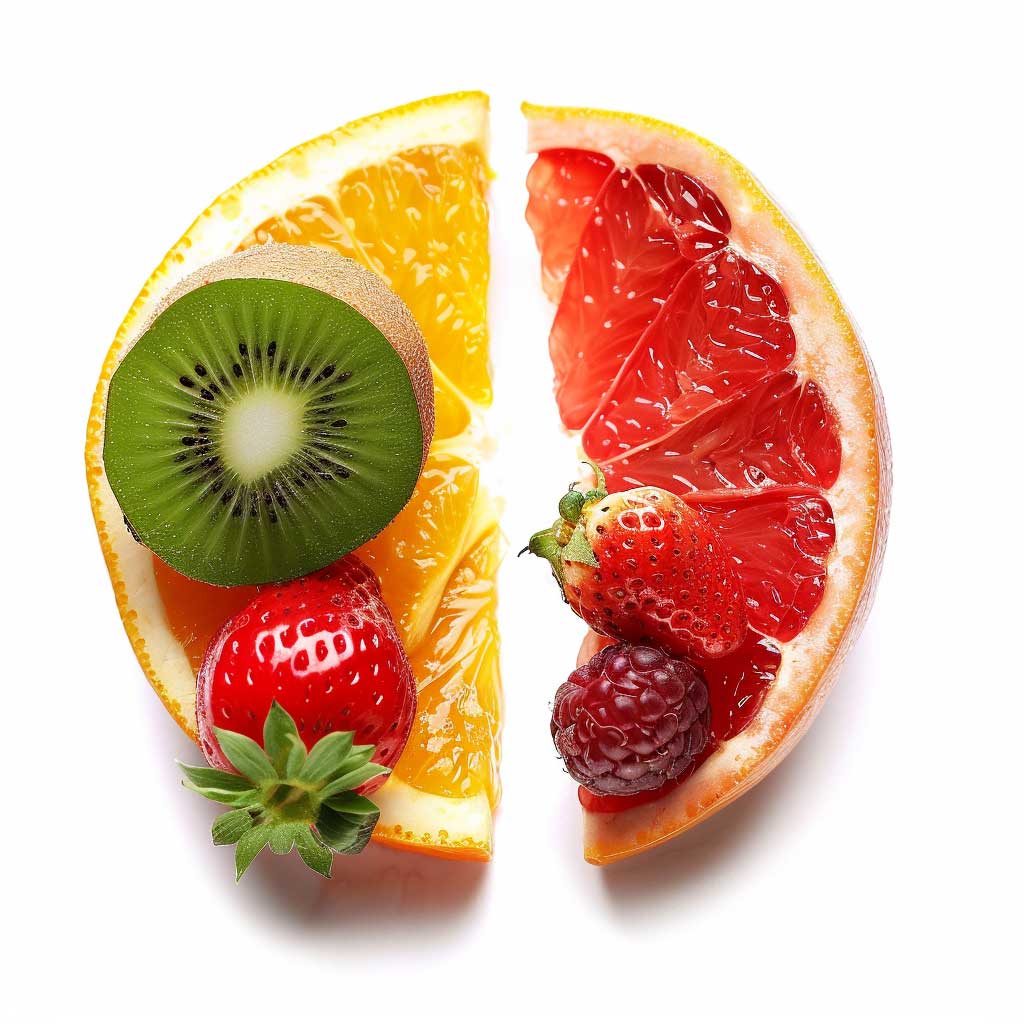
When you observe the uniformity of apples, oranges, and peaches neatly arranged in supermarket displays, the fact that most fruits are clones doesn’t seem surprising. Producers prefer this method to maintain the precise characteristics of desired varieties, known as cultivars (such as Fuji apples or Bosc pears). This approach avoids the unpredictable genetic variations that arise from traditional sexual reproduction methods involving pollination, seed planting, and the uncertainty of outcomes.
3. The armies of clone trees are cultivated through grafting
techniques.

When you consume a Macintosh apple and attempt to grow a tree from its seed, the resulting apples would bear little resemblance in appearance or taste to the original fruit. To preserve the desired traits, growers opt for a different method: grafting. Instead of planting seeds, they attach a cutting from the desired tree onto an existing branch or young tree (referred to as the “rootstock”), ensuring that the grafted portion yields apples identical to those of the parent tree. In the photograph, you can discern various types of apples on different branches, all grafted onto a single rootstock tree.
In the case of seedless fruits, such as certain citrus varieties, the reliance on grafting is even more pronounced. Because these trees don’t produce seeds (originally a fortuitous genetic anomaly noticed and propagated for its convenience), they rely entirely on human intervention for reproduction through cloning.
4. Japanese Yubari cantaloupes hold the title of the priciest fruit globally, with a pair of melons fetching a staggering $23,500 at auction.
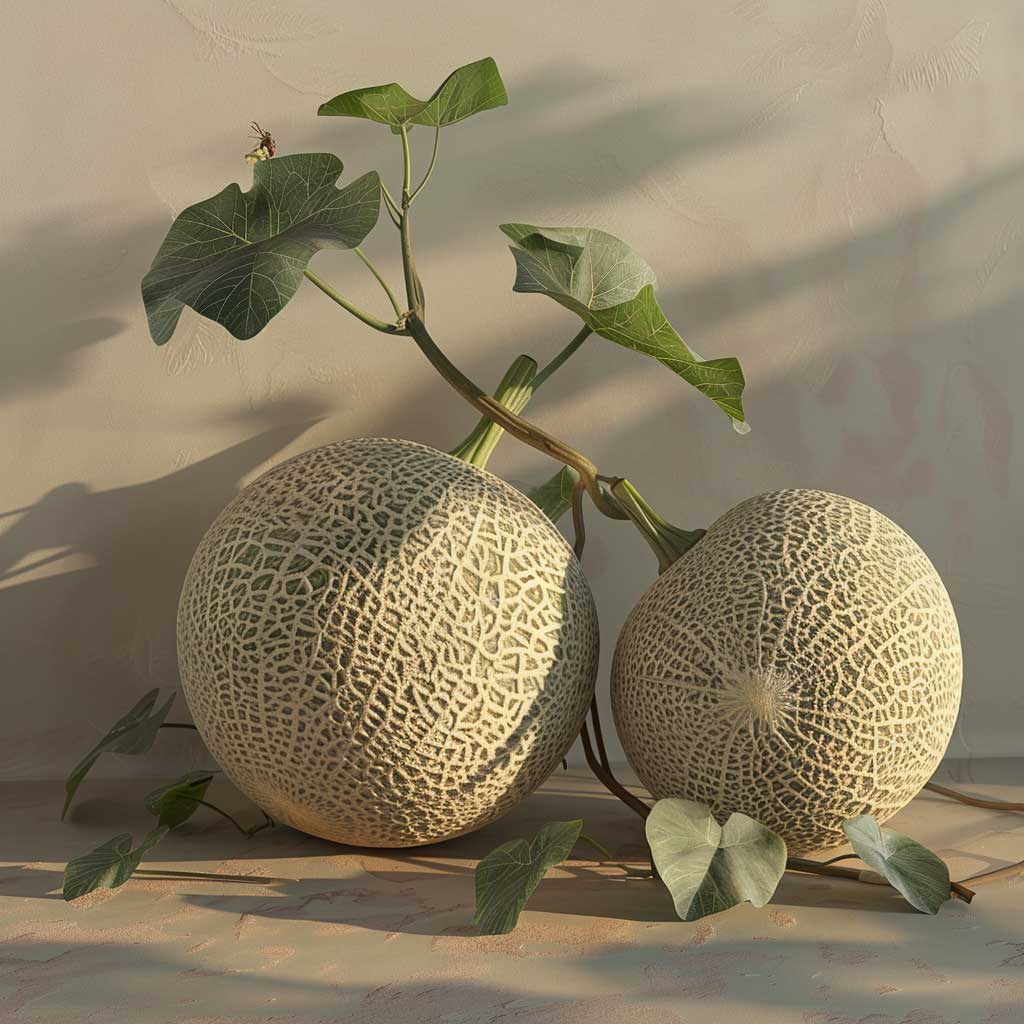
In Japan, individuals willingly shell out hefty sums for extravagant fruit such as adorned apples and pampered cantaloupes, often reserved for gifting occasions. While demand has experienced a decline in recent times, the figures remain remarkably high. Explore one of these upscale fruit boutiques for a firsthand glimpse into this lavish trend.
5. Cherry farmers hire helicopter pilots to air-dry their trees after it rains so that the cherries don’t split open.

During the summer months, pilots receive handsome compensation, often amounting to hundreds of dollars per day, to remain on stand-by in case of rainfall requiring emergency blow-drying for delicate and valuable fruit trees. While the notion may seem absurd, it’s deemed essential by farmers who cultivate these sensitive crops. However, the job carries inherent risks, with pilots frequently sustaining injuries from crashes in orchards.
6. The apple you’re enjoying could be up to a year old.
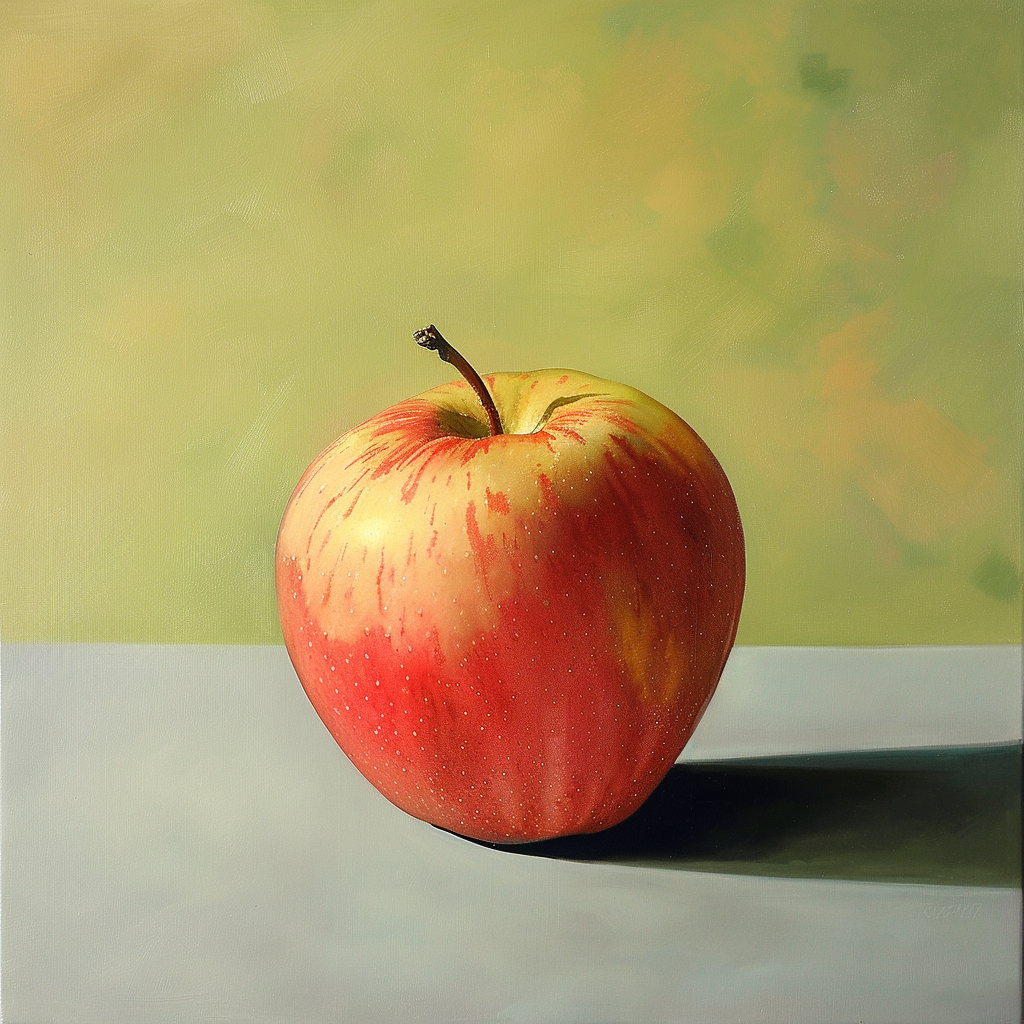
Apples are available for purchase in grocery stores and farmers markets throughout the year, despite their harvesting season typically spanning only a few months in the fall, at least in the U.S. This phenomenon is made possible by advancements in cold storage technology. So, it’s quite possible, if not probable, that the crisp and juicy apple you’re enjoying in August 2013 was actually harvested back in October 2012.
7. Bananas are artificially ripened to one of seven predetermined “stages” of ripeness after being transported.

Bananas are typically shipped while still green due to their delicate and perishable nature. To ensure optimal ripeness upon reaching the market, distribution facilities employ highly precise storage technology to induce ripening. According to a tour of the Banana Distributors of New York in the Bronx, one of only three facilities handling about 2 million bananas weekly for all of New York City’s stores and vendors, the bananas are categorized into various shades of ripeness.
The most sought-after shades fall between 2.5 and 3.5, although preferences vary depending on the retailer’s size and target demographic. For instance, the grocery chain Fairway, which sources its bananas from Banana Distributors of New York, prefers slightly greener bananas as they anticipate holding them for a couple of days. In contrast, smaller bodegas that rotate their stock daily tend to prefer riper bananas. Rosenblatt, from the Banana Distributors, also notes that street vendors and shops catering primarily to Latin American clientele prefer bananas that are fully yellow.
8. The bananas we are familiar with are facing a significant threat of extinction due to disease.
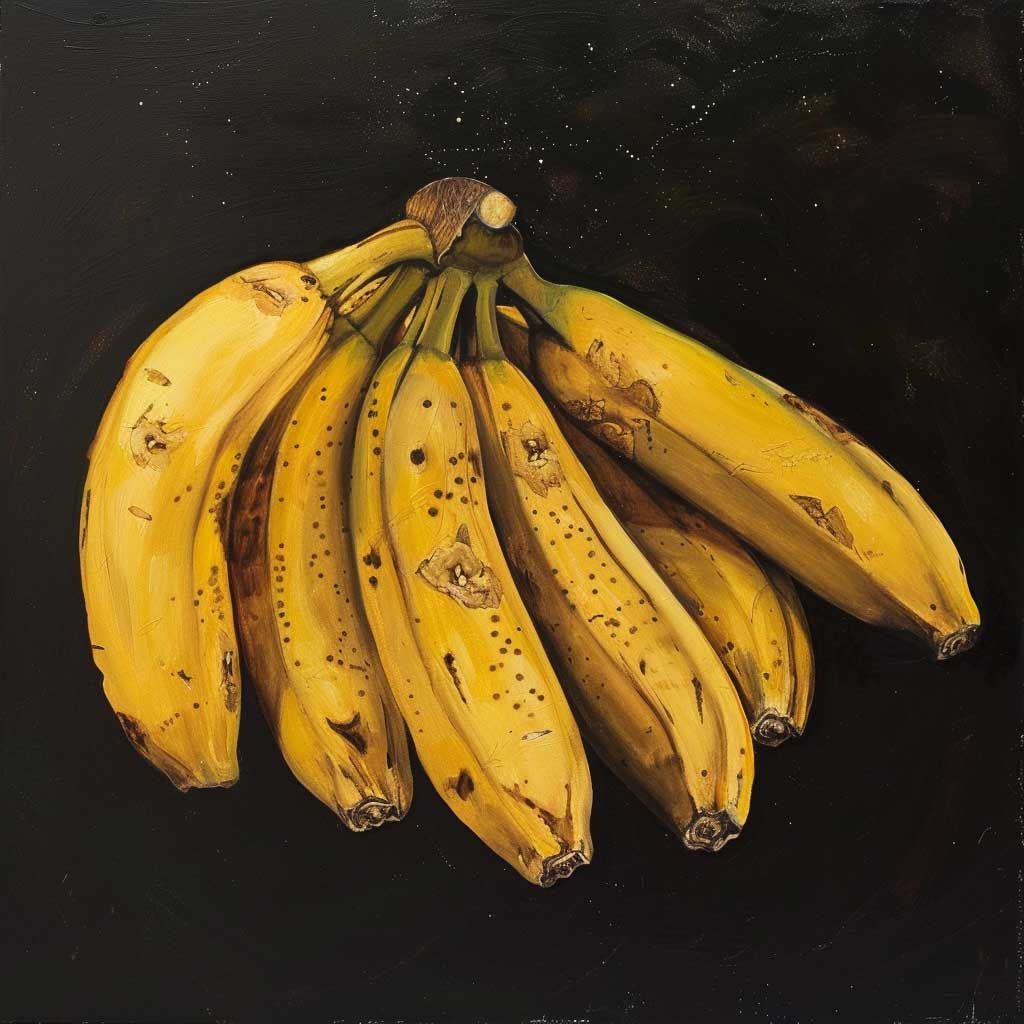
Despite the existence of over 1,000 banana varieties worldwide, nearly every imported banana in the commercial market belongs to a single type known as the Cavendish. This dominance traces back to the 1960s when the Cavendish, resistant to a fungal disease called Panama Race One, emerged as the replacement for the previously popular Gros Michel variety. However, indications strongly suggest that the Cavendish itself faces imminent extinction within the next decade. Here’s why:
- Cavendish bananas are sterile and seedless, reproducing asexually through suckers from the “mother” plant, resulting in genetic uniformity across all plants.
- This lack of genetic diversity renders Cavendish bananas highly susceptible to Tropical Race Four, a new and more devastating fungal disease.
- Tropical Race Four has already decimated Cavendish plantations in Asia and Australia. Many growers anticipate its inevitable spread to Latin America, posing a severe threat to the plantations supplying bananas to North American consumers.
9. Donut peaches are a naturally occurring mutation of peach variety, rather than a fruit engineered by humans.
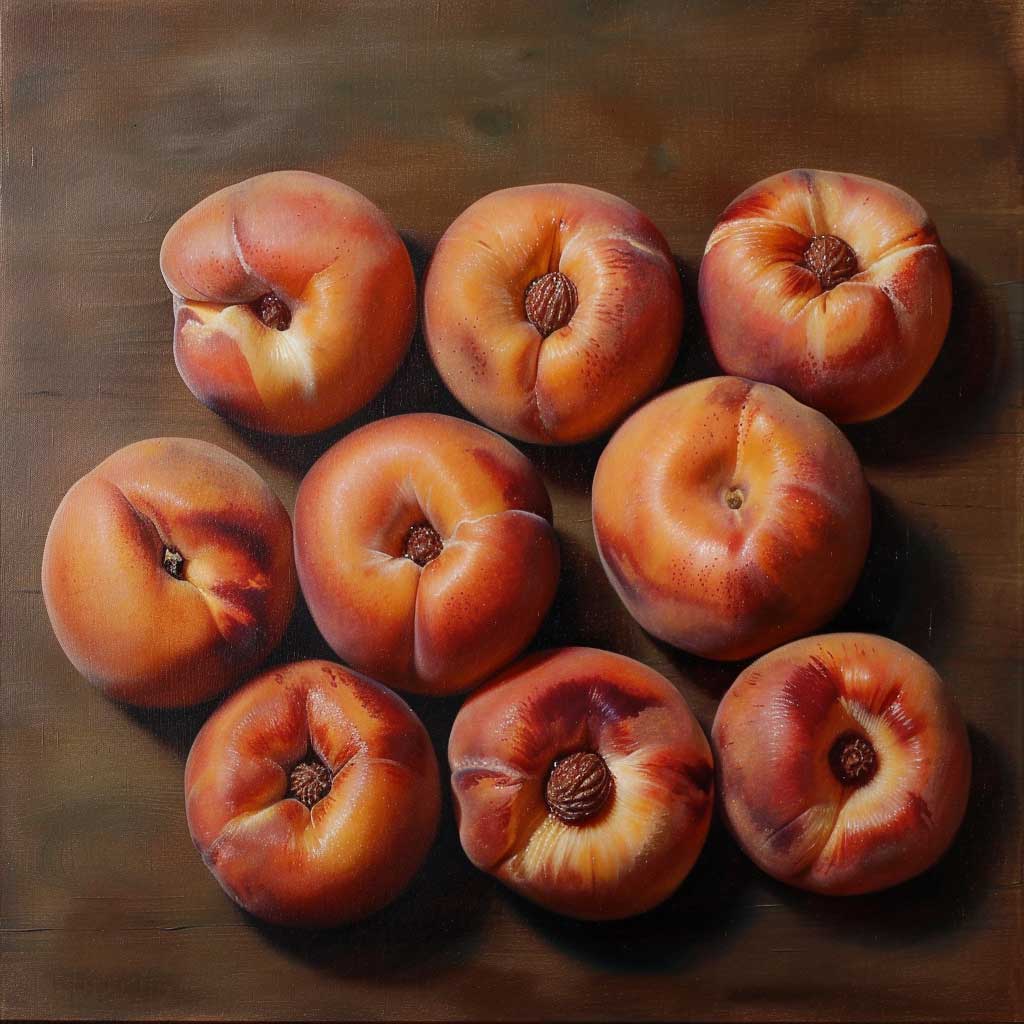
Unfortunately, donut peaches are not a delightful fusion of a donut and a peach. However, they are undeniably delicious, boasting a firmer texture and sweeter, more fragrant flavor compared to conventional spherical peaches. Originating from China, these little flattened peaches have garnered enthusiastic admirers from around the globe in recent years.
10. Raisin farmers in the U.S. are obligated to set aside a portion of their harvest for a “national raisin reserve” if their production surpasses demand, restricting their ability to sell the entire yield.
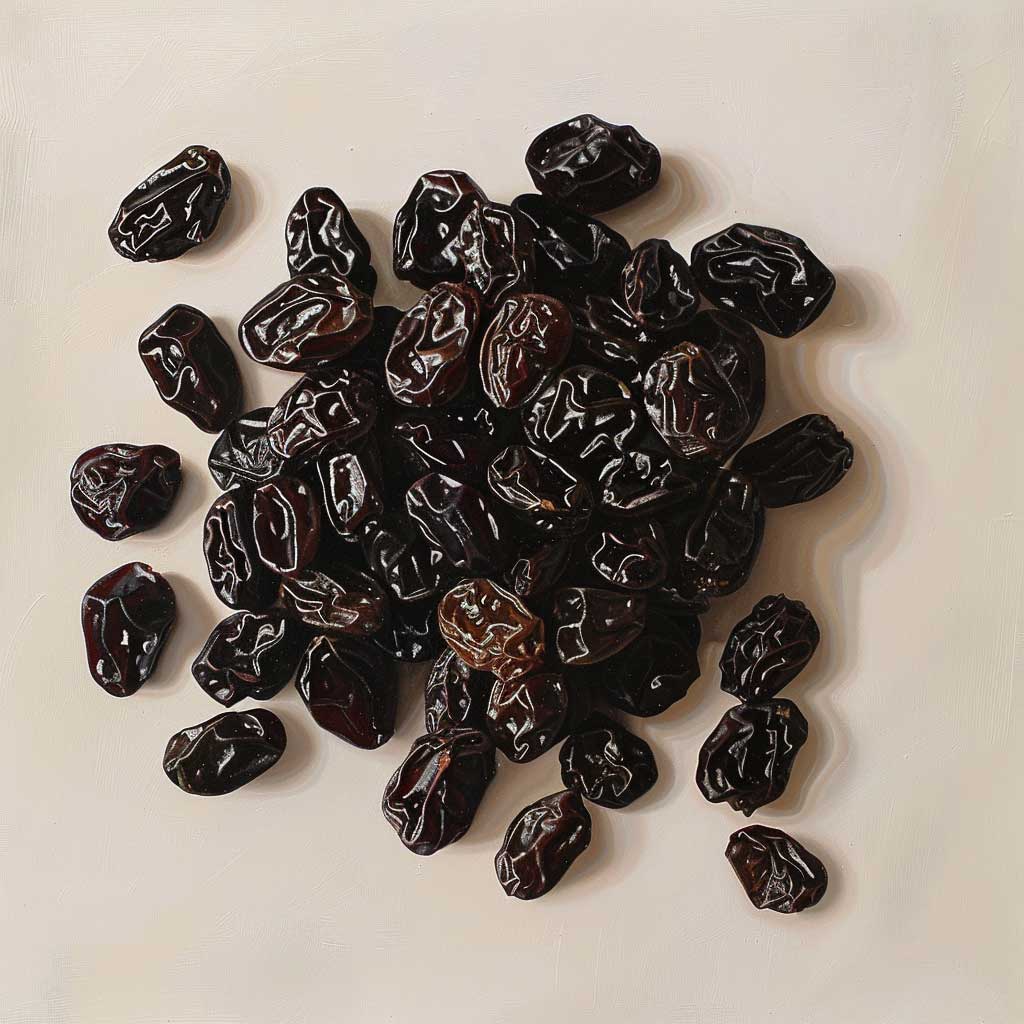
Indeed, the Raisin Administrative Committee is embroiled in a legal battle against farmer Marvin Horne, who defied regulations by refusing to contribute to the raisin reserve and opting to sell his entire raisin crop instead.
While this may seem unusual, it’s not uncommon for fruit growers to adhere to guidelines established by associations aimed at stabilizing market conditions and safeguarding their financial well-being. However, unlike fresh, perishable fruits, raisins lend themselves naturally to reservation. Nonetheless, the RAC is determined to enforce compliance and bring this renegade raisin farmer into compliance.
11. Grapefruit has the potential to induce hazardous interactions with certain prescription medications.
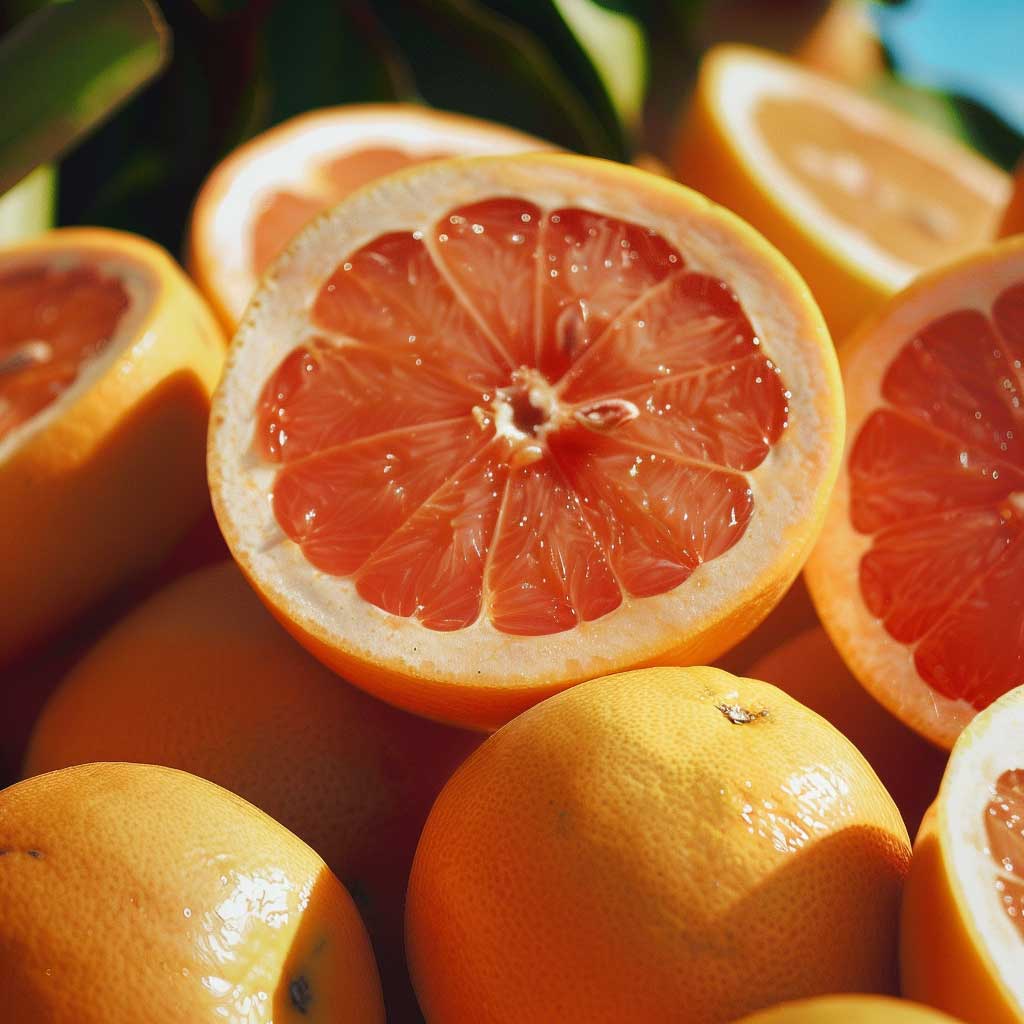
As reported by the New York Times last year, Dr. Bailey stated that for 43 out of the 85 drugs listed, consuming them with grapefruit can pose life-threatening risks. Many of these drugs are associated with an increased risk of abnormal heart rhythm, known as torsade de pointes, which can result in fatalities.
Under typical circumstances, these drugs are metabolized in the gastrointestinal tract, with relatively minimal absorption due to the deactivation of an enzyme called CYP3A4. However, grapefruit contains natural chemicals known as furanocoumarins, which inhibit this enzyme. Consequently, without its normal function, the gut absorbs significantly more of the drug, leading to a dramatic rise in blood levels.
12. Cranberries are not typically grown underwater, despite common assumptions.
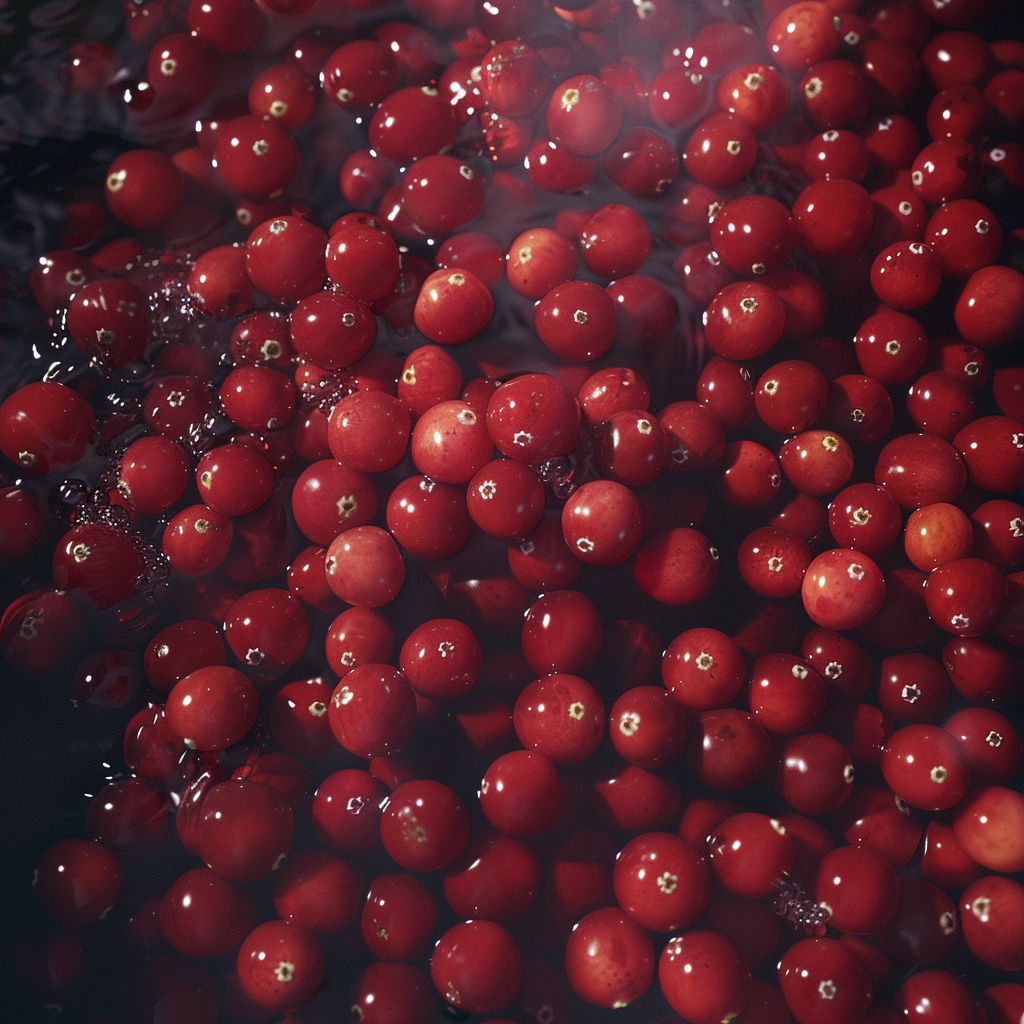
Contrary to what Ocean Spray commercials might suggest, cranberry bogs are only flooded with water during harvest season. Cranberries possess air pockets that enable them to float, facilitating mass harvesting.
However, this flooding technique is reserved for berries intended for juice, jelly, Craisins, and similar products. Fresh whole cranberries, typically purchased in bags for Thanksgiving, undergo a different harvesting process known as “dry-harvesting,” where picking machines are used to comb the berries out.
13. Cranberries are indeed capable of bouncing.
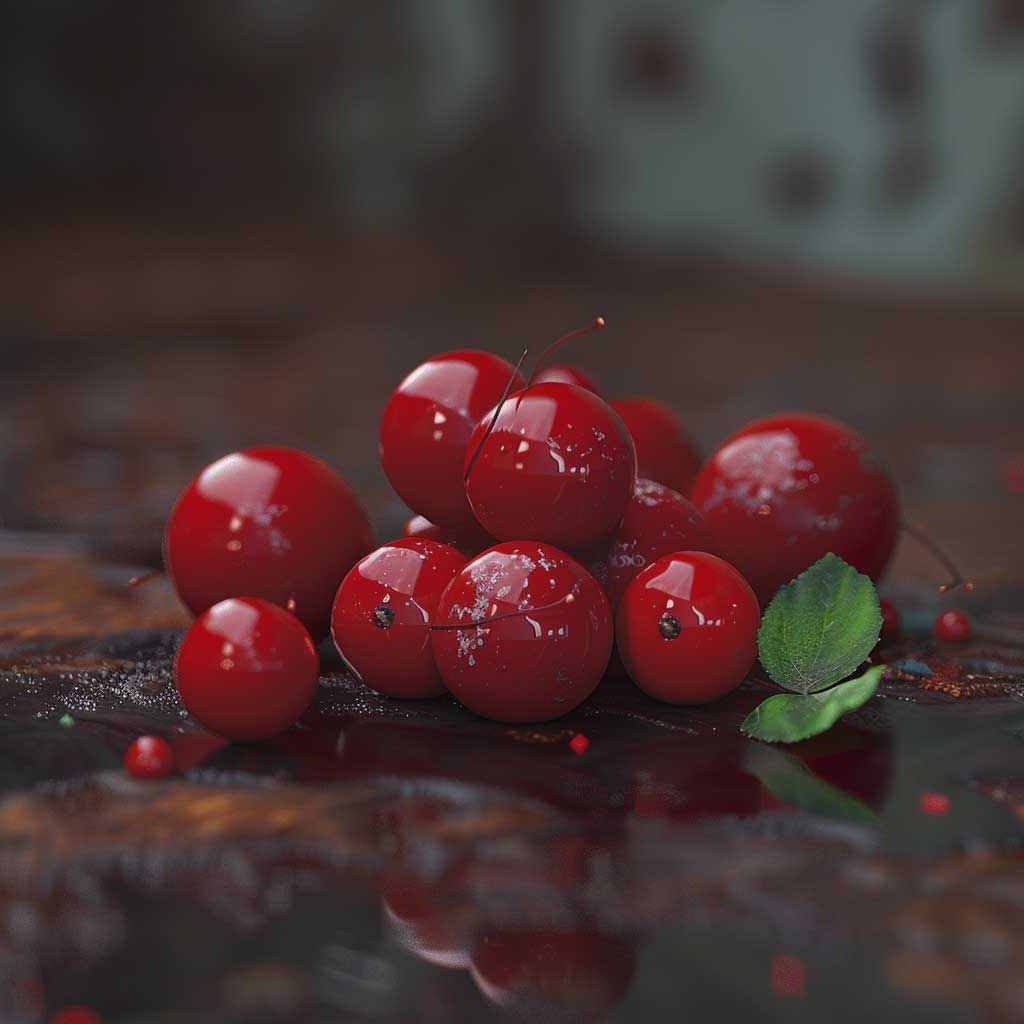
In 1880, cranberry innovator John “Peg Leg” Webb stumbled upon this peculiar characteristic. He discovered that cranberries, thanks to their air pockets, exhibit a bouncing ability when he accidentally dropped a bunch down a flight of stairs. To this day, growers utilize a tool called the “bounce board separator” to assess the quality of cranberries based on their bounce. The higher the bounce, the superior the berry, as determined by this method.
14. The leaves of the rhubarb plant are highly toxic.

The leaves of the rhubarb plant contain dangerous levels of oxalic acid, a chemical compound also found in bleach, metal cleaners, and anti-rust products, which can cause kidney damage and even prove fatal. However, the stalks of the plant are completely safe for consumption, which is fortunate because they are delicious, especially in pies.
15. A single pomegranate can contain over 1,000 seeds.

Contrary to the myth based on the Torah, not every pomegranate contains 613 seeds.
16. From a botanical perspective, a strawberry does not qualify as a berry or a fruit.

I understand it’s disappointing, but from a botanical perspective, it’s accurate. Berries, as defined, contain their seeds internally, unlike strawberries. The plant forms a fleshy “false fruit,” also known as a pseudocarp, from its flower, and what we typically perceive as the seeds on the outside are actually the “true” fruits. However, regardless of the technicalities, there’s no denying their deliciousness.
